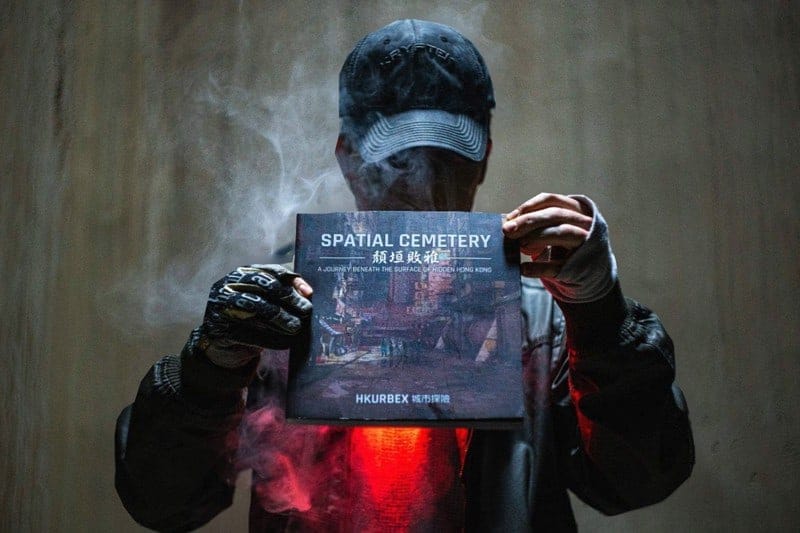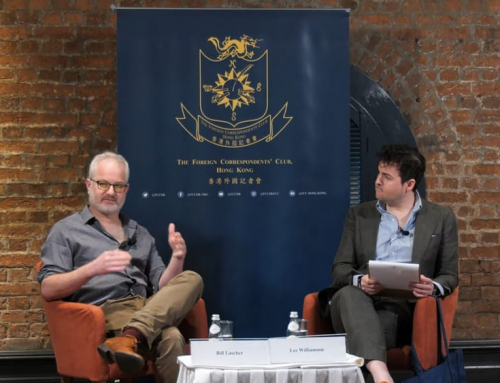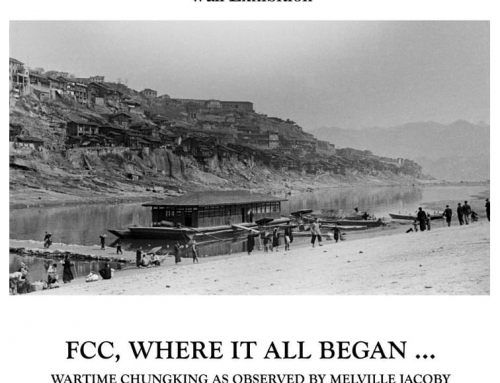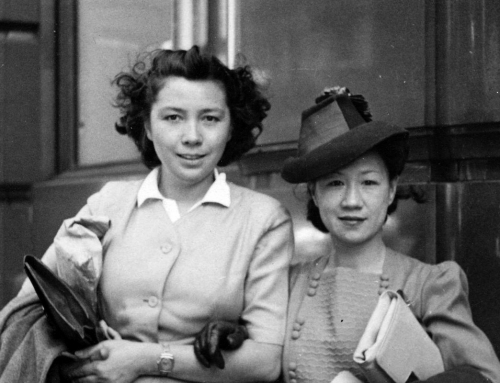“Urbex” is shorthand for “urban exploration”, and HK Urbex are a group of anonymous, adrenaline-fuelled explorers who investigate the hidden, abandoned and forgotten corners of Hong Kong. Their first book is out now.

“HK Urbex is an underground collective that documents deserted, off-limits spaces, its photographers protecting their identities with hats, hoods, masks and pseudonyms,” says the South China Morning Post. “Pictures taken over the six years the group has been exploring these hidden sites can be found on a Facebook page that has attracted more than 20,000 followers.”
“HK Urbex has grown into a platform for us to showcase the many distinctive sites and unique spaces that make Hong Kong what it is, magical places fast being pulled down and destroyed,” says a member who goes by the moniker “Ghost”.
Globally, most Urbex-explored sites are in areas largely abandoned, but in Hong Kong urban density means many sites are hidden in plain sight, amid the buzz of a city with some of the most expensive real estate on Earth, which means conservation is not always a priority.
“The Hong Kong government has a not-so-friendly policy towards heritage preservation,” says Ghost, “but we’ve helped heritage activist groups get a view into sites to fight for better preservation. In some cases, we’ve helped temporarily save them, such as the State Theatre building in North Point.”
Hong Kong Free Press ran a photo story on the book: “The group travelled through crevices, hidden portals, barbed-wire fences, and sometimes they evaded security guards and infiltrated derelict structures in the city, including haunted schools, old crime scenes and condemned buildings.”
“HK Urbex explores abandoned buildings, goes down closed mine shafts, and pokes through World War II tunnels, all in the name of recording the city’s forgotten history,” says The Daily Beast.
Other expeditions include crumbling mansions, and buildings slated for demolition, forgotten city attractions — Hong Kong’s largest movie studio, a failed theme-park — and decrepit public venues like a former slaughterhouse, hospitals, and movie theaters. They’ve also ventured into military barracks, bomb shelters, and observatories.
“We’re often the first people to re-enter these places in a long, long time,” says Ghost. “And even more often we’re the last. It’s both bittersweet and slightly unsettling.”
If you’re keen on urbexing, you don’t necessarily have to go down a mine. As we slip out of the school and walk towards a bus stop, Ghost points at a barely noticeable iron door anchored onto a wall on the side of the road. “The entrance to a World War II war tunnel.” A few blocks down, he nods towards a building featuring faded Art Deco details and fenced off windows. Another derelict site.
“Abandoned places are going fast, but many are still around us,” he says. “You just have to learn how to look.”
Intrigued? Watch more videos from HK Urbex, follow their updates, or read some excerpts from Spatial Cemetery.






Leave A Comment